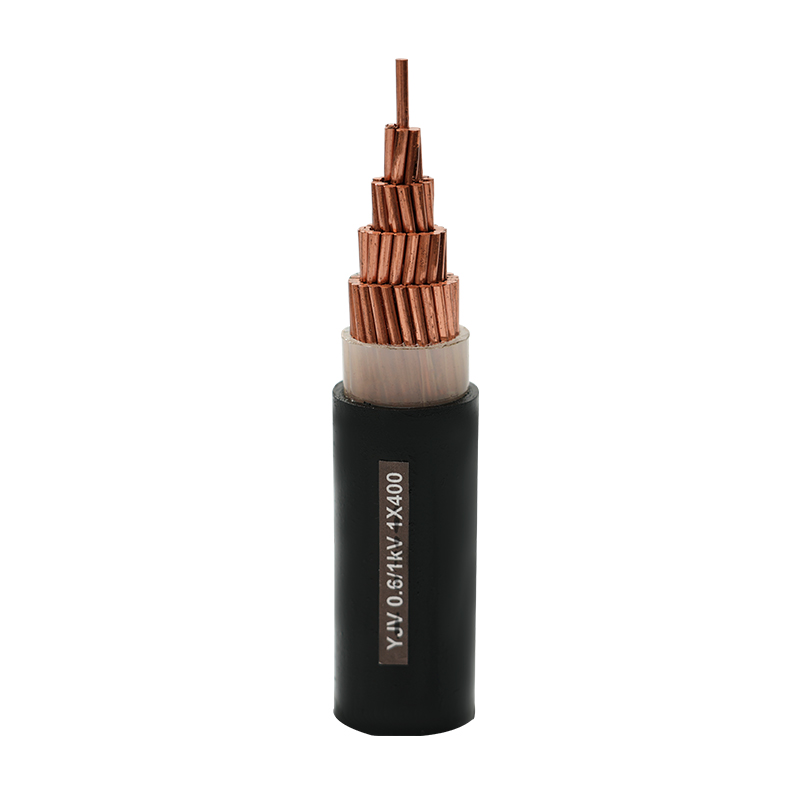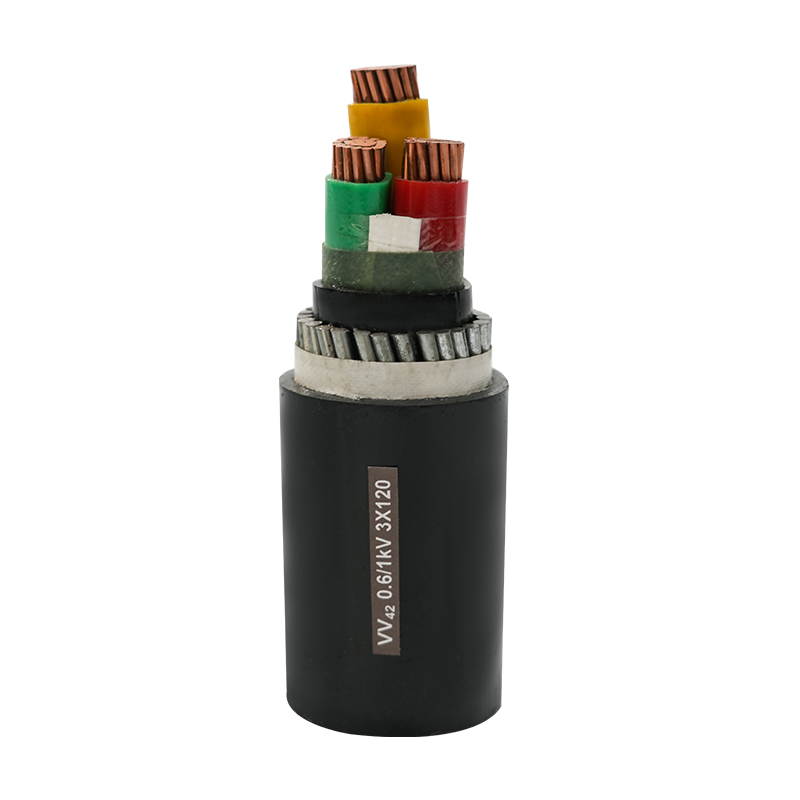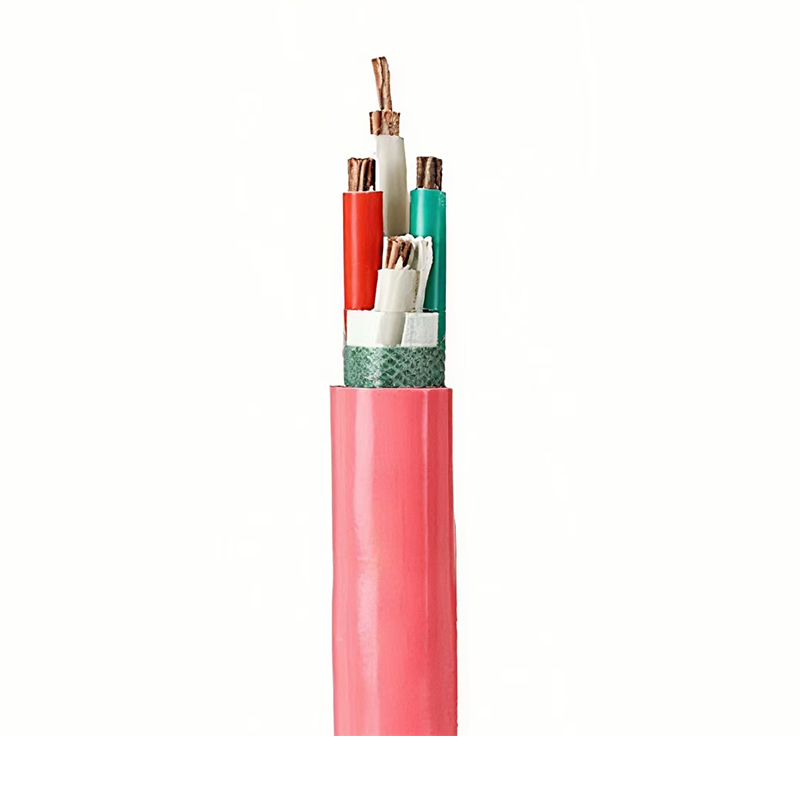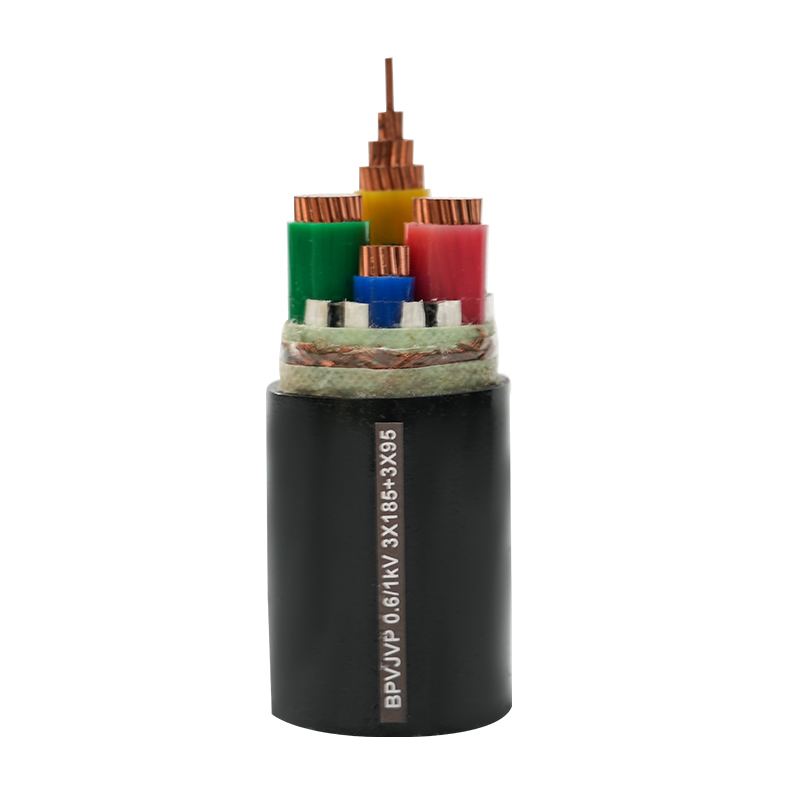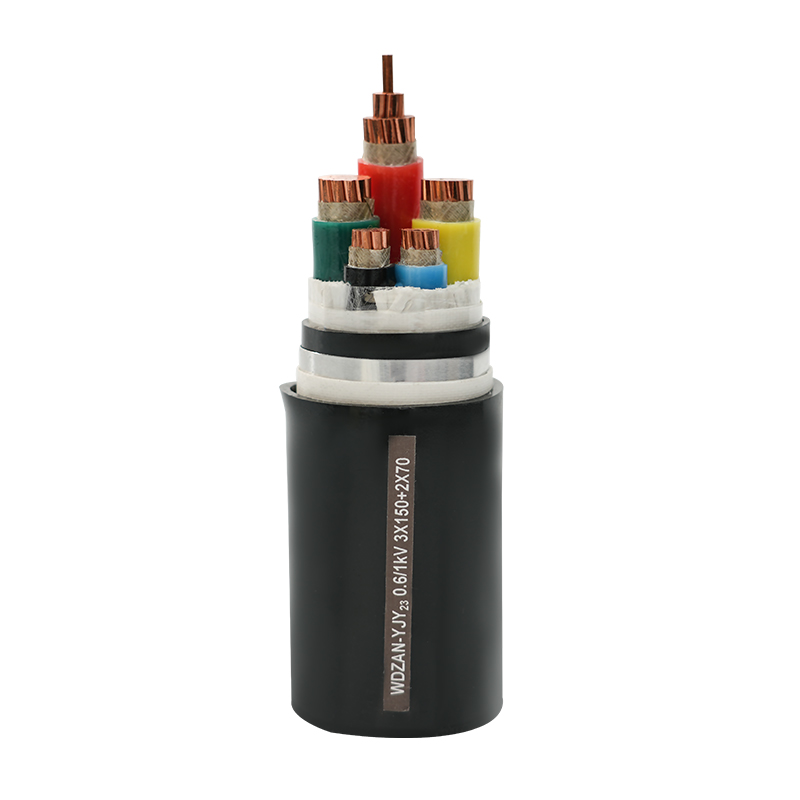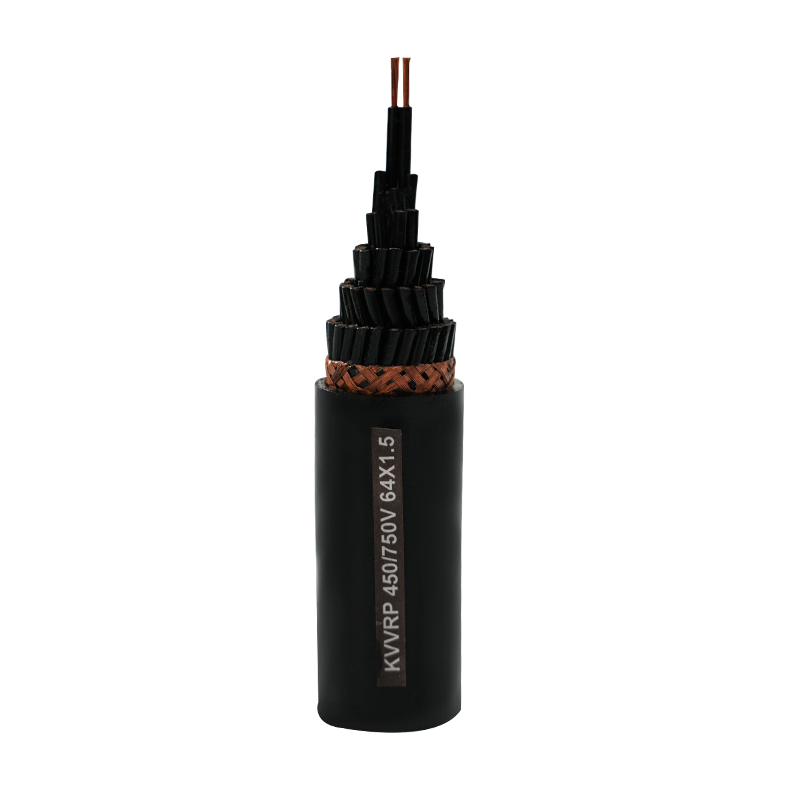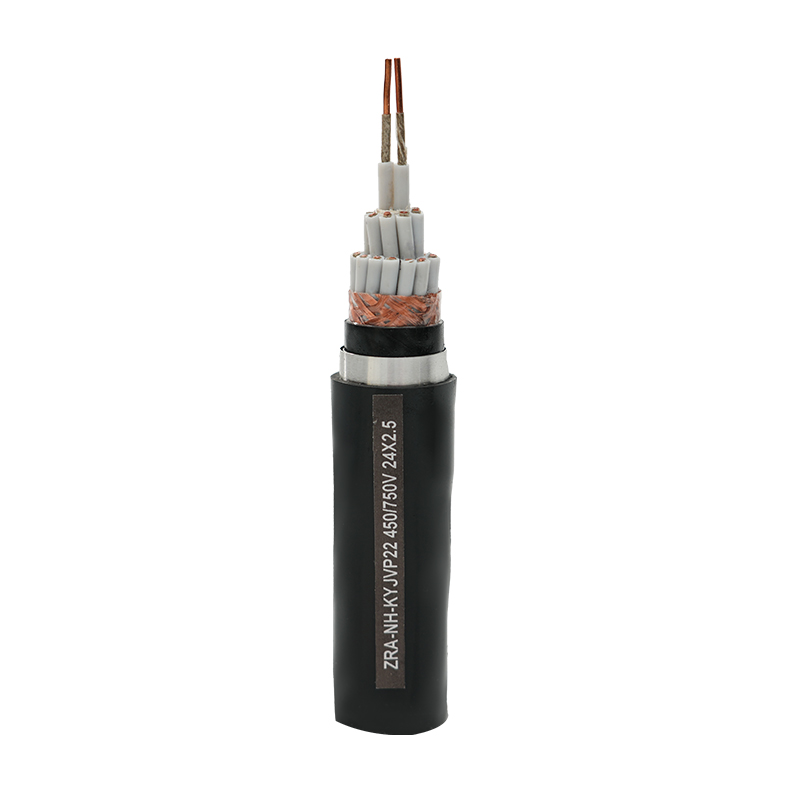In modern industrial automation systems, Instrumentation Cable is an important medium for connecting various control devices, sensors and actuators, and can be called the information neural network of the industrial system. With the rapid development of Industry 4.0 and intelligent manufacturing, the requirements for signal transmission accuracy and cable stability are constantly increasing. Instrumentation Cable, as the key to ensuring signal integrity and stable system operation, is gradually moving to the center of the stage.
Instrumentation Cable is usually used to transmit low-level signals. Its core task is to ensure that electrical signals are not interfered with or distorted during transmission. This type of cable is widely used in process control and instrument monitoring systems in industries such as petrochemicals, electric power, metallurgy, pharmaceuticals, and rail transportation. Its performance is directly related to the accuracy and reliability of the entire automation control system.
In order to meet the use requirements under complex working conditions, Instrumentation Cable has strict standards in structural design and material selection. Design of shielding structure. Electromagnetic interference (EMI) is almost everywhere in industrial sites. Strong noise sources from large motors to inverters may interfere with the stability of signal cables. High-quality instrumentation cables usually use copper wire braided shielding, aluminum foil shielding or double-layer shielding structure to ensure the best anti-interference ability.
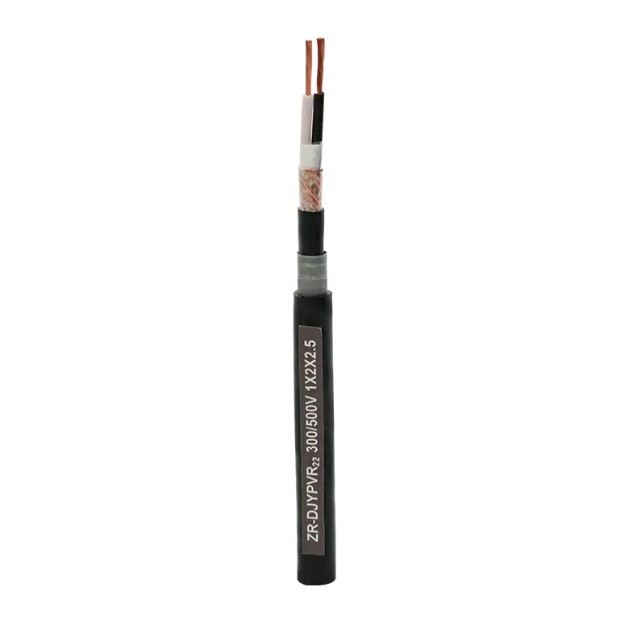
Selection of conductor material. Instrumentation Cable generally uses high-purity oxygen-free copper as the conductor material. Its excellent conductivity not only improves the transmission efficiency of signals, but also effectively reduces line loss. In terms of insulating materials, commonly used ones include polyethylene (PE), cross-linked polyethylene (XLPE) and polyvinyl chloride (PVC). Different materials have their own advantages and disadvantages in temperature resistance, flame retardancy and flexibility, and can be customized according to the actual application environment.
Another key feature of Instrumentation Cable is its tolerance in harsh environments. For example, in places with high corrosion, high humidity and high temperature difference such as petrochemical plants or offshore platforms, ordinary cables are often difficult to operate stably for a long time, and instrumentation cables designed for such scenarios must have excellent chemical corrosion resistance, waterproof performance and mechanical strength. Some special models also need to have fire resistance, low smoke and halogen-free characteristics to meet strict safety regulations.
In addition to technical performance, environmental protection and sustainable development are also an important part of modern Instrumentation Cable design. More and more manufacturers are using recyclable materials and low-pollution processes to reduce environmental impact while meeting industrial performance.
Instrumentation Cable is not just a simple signal carrier, but also an irreplaceable "nerve fiber" in industrial automation systems. It transmits control instructions from the "brain" to the "hands and feet", and also feeds back environmental data collected by various sensors to the control center to achieve a closed-loop control and regulation system. It can be said that without high-performance Instrumentation Cable, it is impossible to build a truly efficient and intelligent automation system.

 English
English 中文简体
中文简体 русский
русский عربى
عربى